
Deutsch-Chinesische Enzyklopädie, 德汉百科
 Slovenia
Slovenia

 Australia
Australia
 Belgium
Belgium
 Chile
Chile
 Denmark
Denmark
 Germany
Germany
 Estonia
Estonia
 Finland
Finland
 France
France
 Greece
Greece
 Ireland
Ireland
 Iceland
Iceland
 Israel
Israel
 Italy
Italy
 Japan
Japan
 Canada
Canada
 Luxembourg
Luxembourg
 Mexico
Mexico
 New Zealand
New Zealand
 Netherlands
Netherlands
 Norwegen
Norwegen
 OECD
OECD
 Emiel van Lennep
Emiel van Lennep
 OECD
OECD
 Don Johnston
Don Johnston
 OECD
OECD
 Jean-Claude Paye
Jean-Claude Paye
 OECD
OECD
 José Ángel Gurría
José Ángel Gurría
 OECD
OECD
 Staffan Sohlman
Staffan Sohlman
 OECD
OECD
 Thorkil Kristensen
Thorkil Kristensen
 Austria
Austria
 Poland
Poland
 Portugal
Portugal
 Republic of Korea
Republic of Korea
 Sweden
Sweden
 Switzerland
Switzerland
 Slovakia
Slovakia
 Slovenia
Slovenia
 Spain
Spain
 Czech Republic
Czech Republic
 Turkey
Turkey
 Hungary
Hungary
 United States
United States
 United Kingdom
United Kingdom

 Important International Organizations
Important International Organizations
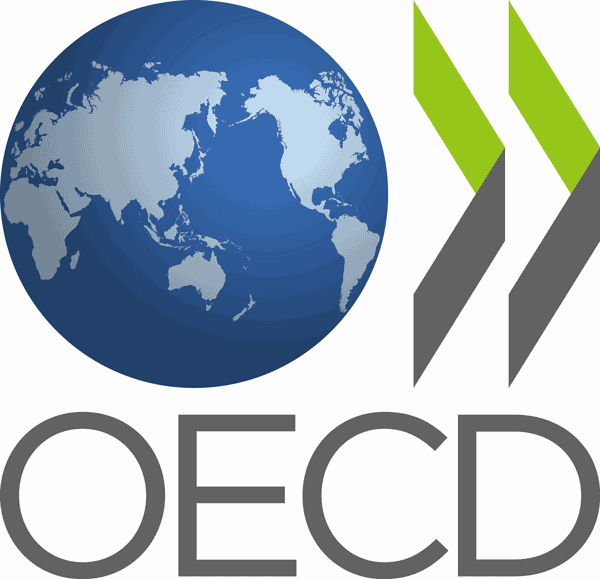
経済協力開発機構(けいざいきょうりょくかいはつきこう)は、国際経済全般について協議することを目的とした国際機関。公用語の正式名称は、英語では"Organisation[1] for Economic Co-operation and Development"(イギリス英語表記)、フランス語では"Organisation de Coopération et de Développement Economiques"。略称は英語ではOECD、フランス語ではOCDE。
本部事務局はパリ16区の旧ラ・ミュエット宮殿に置かれている。事務総長はアンヘル・グリア。
The Organisation for Economic Co-operation and Development (OECD; French: Organisation de Coopération et de Développement Économiques, OCDE) is an intergovernmental economic organisation with 37 member countries,[1] founded in 1961 to stimulate economic progress and world trade. It is a forum of countries describing themselves as committed to democracy and the market economy, providing a platform to compare policy experiences, seek answers to common problems, identify good practices and coordinate domestic and international policies of its members. Generally, OECD members are high-income economies with a very high Human Development Index (HDI) and are regarded as developed countries. As of 2017, the OECD member countries collectively comprised 62.2% of global nominal GDP (US$49.6 trillion)[3] and 42.8% of global GDP (Int$54.2 trillion) at purchasing power parity.[4] The OECD is an official United Nations observer.[5]
In 1948, the OECD originated as the Organisation for European Economic Co-operation (OEEC),[6] led by Robert Marjolin of France, to help administer the Marshall Plan (which was rejected by the Soviet Union and its satellite states).[7] This would be achieved by allocating United States financial aid and implementing economic programs for the reconstruction of Europe after World War II. (Similar reconstruction aid was sent to the war-torn Republic of China and post-war Korea, but not under the name "Marshall Plan".)[8]
In 1961, the OEEC was reformed into the Organisation for Economic Co-operation and Development by the Convention on the Organisation for Economic Co-operation and Development and membership was extended to non-European states.[9][10] The OECD's headquarters are at the Château de la Muette in Paris, France.[11] The OECD is funded by contributions from member countries at varying rates and had a total budget of €386 million in 2019.[2]
Although OECD does not have a power to enforce its decisions, which further require unanimous vote from its members, it is recognized as highly influential publisher of mostly economic data through publications as well as annual evaluations and rankings of members countries.[12]
L'Organisation de coopération et de développement économiques (OCDE) est une organisation internationale d'études économiques, dont les pays membres — des pays développés pour la plupart — ont en commun un système de gouvernement démocratique et une économie de marché. Elle joue essentiellement un rôle d'assemblée consultative1.
L'OCDE a succédé à l'Organisation européenne de coopération économique (OECE) issue du plan Marshall et de la Conférence des Seize (Conférence de coopération économique européenne) qui a existé de 1948 à 1960. Son but était l'établissement d'une organisation permanente chargée en premier lieu d'assurer la mise en œuvre du programme de relèvement commun (le plan Marshall), et, en particulier, d'en superviser la répartition2.
En 2020, l'OCDE compte 37 pays membres et regroupe plusieurs centaines d'experts. Elle publie fréquemment des études économiques et sociales — analyses, prévisions et recommandations de politique économique — et des statistiques, principalement concernant ses pays membres.
Le siège de l'OCDE se situe à Paris (16e), au château de la Muette. L'organisation possède également des bureaux dans plusieurs autres métropoles, notamment à Berlin, Mexico, Tokyo et Washington.
L'Organizzazione per la cooperazione e lo sviluppo economico (OCSE) – in inglese Organization for Economic Co-operation and Development (OECD), e in francese Organisation de coopération et de développement économiques (OCDE) – è un'organizzazione internazionale di studi economici per i paesi membri, paesi sviluppati aventi in comune un'economia di mercato.
L'organizzazione svolge prevalentemente un ruolo di assemblea consultiva che consente un'occasione di confronto delle esperienze politiche, per la risoluzione dei problemi comuni, l'identificazione di pratiche commerciali e il coordinamento delle politiche locali e internazionali dei paesi membri[1]. Ha sede a Parigi nello Château de la Muette[2].
Gli ultimi paesi ad aver aderito all'OCSE sono la Colombia (28 aprile 2020),la Lettonia (1º luglio 2016) e la Lituania (5 luglio 2018), per un totale di 36 paesi membri.
La Organización para la Cooperación y el Desarrollo Económico1 (OCDE) es un organismo de cooperación internacional, compuesto por 37 estados,34 cuyo objetivo es coordinar sus políticas económicas y sociales. La OCDE fue fundada en 1961 y su sede central se encuentra en el Château de la Muette en París (Francia). Los idiomas oficiales de la entidad son el francés y el inglés.2
En la OCDE, los representantes de los países miembros se reúnen para intercambiar información y armonizar políticas con el objetivo de maximizar su crecimiento económico y colaborar a su desarrollo y al de los países no miembros.
Conocida como «club de los países ricos»,56 a partir de 2017, sus países miembros comprendieron colectivamente el 62,2 % del PIB nominal global (US$49,6 billones) y el 42,8 % del PIB global (Int US$54,2 billones).7
Организа́ция экономи́ческого сотру́дничества и разви́тия (сокр. ОЭСР, англ. Organisation for Economic Co-operation and Development, OECD) — международная экономическая организация развитых стран, признающих принципы представительной демократии и свободной рыночной экономики.
Создана в 1948 году под названием Организа́ция европе́йского экономи́ческого сотру́дничества (англ. Organisation for European Economic Co-operation, OEEC) для координации проектов экономической реконструкции Европы в рамках плана Маршалла.
Штаб-квартира организации располагается в Шато де ла Мюетт, в Париже. Генеральный секретарь (с 2006 года) — Хосе Анхель Гурриа Тревиньо (Мексика). Руководящим органом ОЭСР является совет представителей стран — членов организации. Все решения в нём принимаются на основе консенсуса.
По данным на 2011 год, в странах ОЭСР проживало 18 % населения мира[2].

皮兰(斯洛文尼亚语:Piran,斯洛文尼亚语发音:[piˈɾáːn] (ⓘ);意大利语:Pirano,[piˈraːno]),是斯洛文尼亚西南隅皮兰市镇的城镇及行政中心。面亚得里亚海的皮兰湾。南部接克罗地亚国界,北部则和意大利的海域相接邻。
皮兰是斯洛文尼亚重要的观光城市,其巷弄间独特的风情吸引不少观光客前来;此外,作曲家塔替尼也在此出生,皮兰中心的塔替尼广场,即是以他的名字命名。官方场合上,并用斯洛文尼亚语和意大利语两种语文。
Die Stadt Piran, italienisch: Pirano ist der Hauptort der aus elf Ortschaften bestehenden Gemeinde Piran in Slowenien. Piran liegt im äußersten Südwesten des Landes auf einer Halbinsel am Adriatischen Meer.[2] Mit ihrer Lage, ihrer Altstadt und venezianischen Architektur ist die Stadt an der Slowenischen Riviera eines der bekanntesten Touristenzentren des Landes.


Slowenien (slowenisch Slovenija, amtlich Republik Slowenien, slowenisch Republika Slovenija) ist ein demokratischer Staat in Europa mit rund 2 Millionen Einwohnern, der an Italien, Österreich, Ungarn und Kroatien grenzt. Hauptstadt und zugleich größte Stadt des Landes ist das zentral gelegene Ljubljana (deutsch Laibach). Weitere wichtige Städte sind Maribor, Celje, Kranj, Koper und Velenje. Im Jahr 2004 trat Slowenien der EU und der NATO bei, 2007 auch der Eurozone. Das Land ist eine demokratisch verfasste parlamentarische Republik.
Das Gebiet des heutigen Sloweniens wurde Anfang des 6. Jahrhunderts von den Slawen besiedelt, die das Fürstentum Karantanien gründeten. Im Jahr 788 eroberten die Franken das Gebiet und die Bistümer Aquileia und Salzburg missionierten es. Im 11. Jahrhundert wurde das Land in das Heilige Römische Reich eingegliedert und 1364 zum Herzogtum Krain erhoben. In den folgenden Jahrhunderten geriet das Territorium an die Habsburgermonarchie. Nach der Auflösung Österreich-Ungarns 1918 ging das vormalige Kronland im neu gegründeten Königreich Jugoslawien auf. Nach dem Ende des Zweiten Weltkrieges existierte Slowenien als Teilrepublik im sozialistischen Jugoslawien. Nach der Unabhängigkeitserklärung am 25. Juni 1991 und dem 10-Tage-Krieg wurde Slowenien ein eigenständiger Nationalstaat und am 22. Mai 1992 eigenständiges Mitglied der UNO.
Slowenien ist heute das wohlhabendste Land des ehemaligen Jugoslawiens. Es verzeichnet sowohl im Bezug auf die politische als auch die wirtschaftliche Transformation überdurchschnittlich hohe Erfolge.[4] Im Index der menschlichen Entwicklung belegte Slowenien 2019 Rang 24 von 189 Ländern weltweit.[5]
スロベニア共和国(スロベニアきょうわこく、スロベニア語: Slovenija: ![]() [sloˈveːnija])、通称スロベニア、スロヴェニアは、中央ヨーロッパに位置する国で[1]、主要なヨーロッパの文化や交易の交差路である[2][3]。
[sloˈveːnija])、通称スロベニア、スロヴェニアは、中央ヨーロッパに位置する国で[1]、主要なヨーロッパの文化や交易の交差路である[2][3]。
スロベニアは西はイタリア、北はオーストリア、南や南東はクロアチア、北東でハンガリーとそれぞれ国境を接している。[4]国土面積は20,273km2 (7,827 sq mi)で、人口は205万人を擁する。[5]議会制共和国で、欧州連合や北大西洋条約機構の加盟国である。[6]スロベニアではアルプス山脈とディナル・アルプス山脈、地中海のアドリア海に沿った少ない海岸部分のヨーロッパの4つの大きな地理的な部分が接している。[7][8] スロベニアの国土はモザイク状の構造で多様性に富んだ景観や[8]、生物多様性があり[9][10]、この多様性は自然の特質と長期の人間の存在による。[11]主に丘陵地の気候[7]であるが、スロベニアの国土は大陸性気候の影響を受け、プリモルスカ地方は亜地中海性気候に恵まれており、スロベニア北西部では高山気候が見られる。[12] スロベニアはヨーロッパの国の中でも水が豊かな国の一つで[13]、密度が高い河川や豊かな帯水層、かなりのカルスト地形(クラス地方はカルストの語源)の地下水流がある[14]。スロベニアの国土の半分以上は森林に覆われている[15]。スロベニアの集落は分散しており、一様ではない[16]。
スラヴ語派やゲルマン語派、ロマンス諸語、フィン・ウゴル語派などの言語や文化のグループはスロベニアで接し領域は均質でないが[17][18][19] 、人口数ではスロベニア人が優勢である。[20]スロベニア語はスロベニアの唯一の公用語であるが、イタリア語やハンガリー語などは地域の少数言語となっている。スロベニアの大部分は宗教と分離しているが[21]、文化やアイデンティティの面ではカトリック教会やルーテル教会の大きな影響を受けている。[22] スロベニアの経済は小規模で、輸出志向型工業化の経済[23] でありその後の国際的な経済情勢に大きく影響を受けている。[24]スロベニアの経済は2000年代後半に始まった欧州経済危機により厳しい痛手を負っている。[25] 経済の主要な分野は第三次産業で、工業や建設がそれに続く。[26]
多くのスロベニア人がスポーツ界で成功しており、特にウィンタースポーツ、ウォータースポーツ、登山、耐久性が要求されるエンデュランススポーツで顕著である。[27]
Slovenia (/sloʊˈviːniə, slə-/ (![]() listen)[10][11] sloh-VEE-nee-ə; Slovene: Slovenija [slɔˈʋèːnija]),[12] officially the Republic of Slovenia (Slovene:
listen)[10][11] sloh-VEE-nee-ə; Slovene: Slovenija [slɔˈʋèːnija]),[12] officially the Republic of Slovenia (Slovene: ![]() Republika Slovenija (help·info),[13] abbr.: RS[14]), is a country located in Central Europe at the crossroads of main European cultural and trade routes.[15][16] It is bordered by Italy to the west, Austria to the north, Hungary to the northeast, Croatia to the southeast, and the Adriatic Sea to the southwest.[17] Slovenia covers 20,271 square kilometers (7,827 sq mi) and has a population of 2.095 million.[18] One of the successor states of the former Yugoslavia, Slovenia is now a parliamentary republic[19] and member nation of the European Union, United Nations, and NATO.[20] The capital and largest city is Ljubljana.[21]
Republika Slovenija (help·info),[13] abbr.: RS[14]), is a country located in Central Europe at the crossroads of main European cultural and trade routes.[15][16] It is bordered by Italy to the west, Austria to the north, Hungary to the northeast, Croatia to the southeast, and the Adriatic Sea to the southwest.[17] Slovenia covers 20,271 square kilometers (7,827 sq mi) and has a population of 2.095 million.[18] One of the successor states of the former Yugoslavia, Slovenia is now a parliamentary republic[19] and member nation of the European Union, United Nations, and NATO.[20] The capital and largest city is Ljubljana.[21]
Slovenia has a mostly mountainous terrain[22] with a mainly continental climate,[23] with the exception of the Slovene Littoral, which has a sub-Mediterranean climate, and of the Julian Alps in the northwest, which have an Alpine climate.[24] Additionally, the Dinaric Alps and the Pannonian Plain meet on the territory of Slovenia. The country, marked by significant biological diversity,[25][26] is one of the most water-rich in Europe,[27] with a dense river network, a rich aquifer system, and significant karst underground watercourses.[28] Over half of the territory is covered by forest.[29] The human settlement of Slovenia is dispersed and uneven.[30]
Slovenia has historically been the crossroads of Slavic, Germanic, and Romance languages and cultures.[31][32][33] Ethnic Slovenes make up more than 80% of the population.[34] The South Slavic language Slovene is the official language throughout the country. Slovenia is a largely secularized country,[35] but Catholicism and Lutheranism have significantly influenced its culture and identity.[36] The economy of Slovenia is small, open and export-oriented[citation needed] and is thus strongly influenced by the conditions of its exporting partners' economies. This is especially true with Germany, Slovenia's biggest trade partner.[37] Like most of the developed world, Slovenia was severely hurt by the Eurozone crisis beginning in 2009, but started to recover in 2014.[38][39] The main economic driver for the country is the services industry, followed by manufacturing and construction.[40]
Historically, the territory of Slovenia has formed part of many different states, such as: the Roman Empire, Byzantine Empire, Carolingian Empire, the Holy Roman Empire, the Kingdom of Hungary, the Republic of Venice, the Illyrian Provinces of the First French Empire, the Austrian Empire and Austro-Hungarian Empire. In October 1918, the Slovenes exercised self-determination for the first time by co-founding the State of Slovenes, Croats and Serbs. In December 1918 they merged with the Kingdom of Serbia into the Kingdom of Serbs, Croats and Slovenes (renamed the Kingdom of Yugoslavia in 1929).
During World War II (1939–1945) Germany, Italy, and Hungary occupied and annexed the territories included in today's Slovenia (1941–1945), with a tiny area transferred to the Independent State of Croatia, a Nazi puppet state.[41] In 1945 Slovenia became a founding member of the Federal People's Republic of Yugoslavia, renamed in 1963 as the Socialist Federal Republic of Yugoslavia. In the first years after World War II this state was initially allied with the Eastern Bloc, but because of the Tito-Stalin split in 1948 it never subscribed to the Warsaw Pact and in 1961 became one of the founders of the Non-Aligned Movement.[citation needed]
In June 1991, after the introduction of multi-party representative democracy, Slovenia became the first republic that split from Yugoslavia and became an independent sovereign state.[4] In 2004, it entered NATO and the European Union; in 2007 became the first formerly communist country to join the Eurozone;[42] and in 2010 it joined the OECD, a global association of high-income developed countries.[43] Slovenia is a developed country with an advanced, high-income economy[44][45] and a very high Human Development Index.[46] It ranks 12th in the inequality-adjusted human development index.
La Slovénie, en forme longue la république de Slovénie, en slovène : Slovenija et Republika Slovenija, est un pays d’Europe centrale au carrefour des principales cultures européennes. Sa capitale est Ljubljana. Le pays partage ses frontières avec l'Italie à l'ouest, l’Autriche au nord, la Hongrie à l'est-nord-est et la Croatie au sud-est. La Slovénie est également bordée par la mer Adriatique au sud-ouest. Comptant environ 2 millions d'habitants, la Slovénie est un État membre de l'Union européenne.
Historiquement, le territoire de la Slovénie a intégré de nombreux États différents : l'Empire romain, l'Empire byzantin, l'Empire carolingien, le Saint-Empire romain germanique, le Royaume de Hongrie, la République de Venise, le territoire des Provinces Ilyriennes du Premier Empire français, l'Empire d'Autriche, l'Empire austro-hongrois et enfin la Yougoslavie.
C'est en octobre 1918 que les Slovènes ont cofondé l'État des Slovènes, des Croates et des Serbes. Cette monarchie sera appelée royaume de Yougoslavie à partir de 1929. Pendant la seconde guerre mondiale, la Slovénie est démembrée et annexée par l'Allemagne, l'Italie et la Hongrie. Une toute petite part est donnée à la Croatie, État fantoche nazi. En 1945, la Slovénie devient un membre fondateur de la République fédérative socialiste de Yougoslavie. Dans les premières années de son existence, cet État était allié au bloc de l'Est, dominé par l'Union soviétique, bien que n'ayant pas intégré le Pacte de Varsovie. En 1961, la Yougoslavie devient un des fondateurs du mouvement des non-alignés.
En 1991, après l'introduction du multipartisme et de la démocratie, la Slovénie est devenue la première république à faire sécession de la Yougoslavie en devenant un État souverain indépendant. La République de Slovénie entre dans l'Union européenne et l'OTAN en 2004. En 2007, le pays devient le premier ancien pays communiste à intégrer la zone euro.
La Slovénie est aujourd'hui un pays développé à revenu élevé, avec un indice de développement humain élevé, se classant 13e dans l'indice de développement humain ajusté aux inégalités.
La Slovenia, ufficialmente Repubblica di Slovenia (in sloveno Republika Slovenija, in ungherese Szlovén Köztársaság), è uno Stato sovrano dell'Europa centrale, confinante a ovest con l'Italia (Friuli-Venezia Giulia), a nord con l'Austria, a est con l'Ungheria e la Croazia a sud, affacciandosi a sud-ovest sul mare Adriatico (golfo di Trieste). La sua capitale è Lubiana.
Dal 1º maggio 2004 la Slovenia è membro dell'Unione europea e la valuta nazionale, dal 1º gennaio 2007, è l'euro, che ha sostituito il tallero sloveno, adottato nel 1991 dopo l'indipendenza; in precedenza la moneta era il dinaro iugoslavo. Nella regione istriana del Paese vive una comunità autoctona italiana, mentre nella zona di confine orientale si trova quella ungherese; crescente è l'immigrazione serba e bosniaco-erzegovina. La Festa nazionale slovena, così come quella croata, ricorre il 25 giugno, anniversario della dichiarazione d'indipendenza del 1991 dalla Repubblica Socialista Federale di Iugoslavia.
Eslovenia, oficialmente República de Eslovenia (en esloveno: ![]() Republika Slovenija (?·i) antigua Carantania) es uno de los veintisiete estados soberanos que forman la Unión Europea. Limita con Italia al oeste; con el mar Adriático, al suroeste; con Croacia al sur y al este; con Hungría, al noreste; y con Austria, al norte. Tiene una población de 2 080 908 habitantes a fecha del 1 de enero de 2019.5 La capital y ciudad más poblada es Liubliana.
Republika Slovenija (?·i) antigua Carantania) es uno de los veintisiete estados soberanos que forman la Unión Europea. Limita con Italia al oeste; con el mar Adriático, al suroeste; con Croacia al sur y al este; con Hungría, al noreste; y con Austria, al norte. Tiene una población de 2 080 908 habitantes a fecha del 1 de enero de 2019.5 La capital y ciudad más poblada es Liubliana.
La actual Eslovenia se formó el 25 de junio de 1991 al independizarse de Yugoslavia, tras un conflicto armado relativamente corto denominado Guerra de los diez días (que fue la primera guerra de la disolución de Yugoslavia), en la que se opuso al ejército de la antigua federación yugoslava. Por aquel entonces, ya era el país más desarrollado de aquella federación.
Cultural e históricamente, Eslovenia gravita hacia Italia, Austria y Alemania (cultura católica y protestante). A lo largo de la historia, Eslovenia siempre fue parte de los imperios, reinos, etc. de Europa central y nunca ha sido parte de los cuerpos políticos que gobernaron la mayoría de los Balcanes, por ejemplo del Imperio Romano de Oriente (iglesia ortodoxa) y el Sultanato de Turquía (islam).
En 2004 se adhirió a la Unión Europea.6 Eslovenia se integró en el euro el 1 de enero de 2007, y en el área de Schengen, en 2004. Ya en 1993 se había adherido al Consejo de Europa y desde julio de 2010 forma parte de la OCDE.
Слове́ния (словен. Slovenija), официальное название — Респу́блика Слове́ния (словен. Republika Slovenija) — государство в Южной Европе. Территория — 20 236 км², население — 2 089 310 человек (июль 2019 год)[8]. Занимает 144-е место в мире по численности населения и 150-е по территории.
Столица — Любляна. Государственный язык — словенский.
Унитарная, парламентская республика. В марте 2020 года пост премьер-министра занял Янез Янша[9].
Административное деление: 210 общин, в том числе 11 городов.
Расположена в предальпийской части Балканского полуострова. Омывается водами Адриатического моря с юго-запада. На западе граничит с Италией, на севере — с Австрией, на северо-востоке — с Венгрией, на востоке и юге — с Хорватией.
Индустриальная страна с динамично развивающейся экономикой. Объём ВВП за 2011 год составил 58,979 миллиарда долларов США (около 29 179 долларов США на душу населения). Денежная единица — евро.
Независимость страны провозглашена 25 июня 1991 года. 29 марта 2004 Словения вступила в НАТО, а 1 мая 2004 года вступила в Европейский союз.
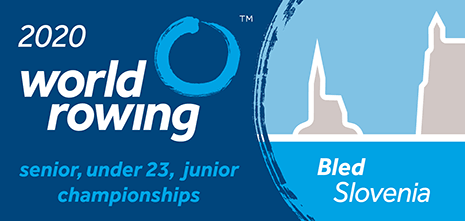

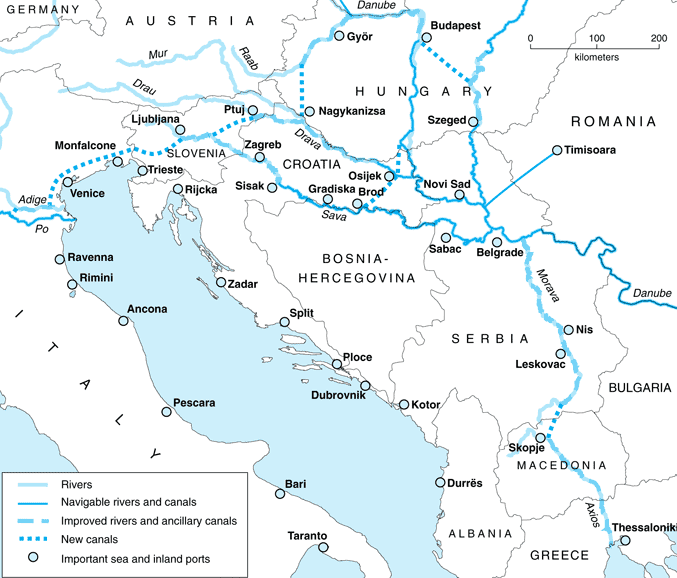
 Andorra
Andorra
 Belgium
Belgium
 Bulgaria
Bulgaria
 Denmark
Denmark
 Germany
Germany
 Estonia
Estonia
 Finland
Finland
 France
France
 Gibraltar
Gibraltar
 Greece
Greece

 Hand in Hand
Hand in Hand
 Ireland
Ireland
 Iceland
Iceland
 Italy
Italy
 Croatia
Croatia
 Latvia
Latvia
 Liechtenstein
Liechtenstein
 Lithuania
Lithuania
 Luxembourg
Luxembourg
 Malta
Malta
 Monaco
Monaco
 Netherlands
Netherlands
 Northern Ireland
Northern Ireland
 Norwegen
Norwegen
 Austria
Austria
 Poland
Poland
 Portugal
Portugal
 Romania
Romania
 San Marino
San Marino
 Sweden
Sweden
 Switzerland
Switzerland
 Slovakia
Slovakia
 Slovenia
Slovenia
 Spain
Spain
 Czech Republic
Czech Republic
 Hungary
Hungary

 Vacation and Travel
Vacation and Travel
 Vatican city
Vatican city
 United Kingdom
United Kingdom
 Cyprus
Cyprus

《申根协议》(德语:Schengener Abkommen;法语:Convention de Schengen;荷兰语:Verdrag van Schengen),是一项欧洲大陆国家间的条约协定,其签约目的是取消相互之间的边境检查点,并协调对申根区之外的边境控制。即在成员国相互之间取消边境管制,持有任一成员国有效身份证或申根签证的人可以在所有成员国境内自由流动。根据该协定,旅游者如果持有其中一国的旅游签证即可合法地到所有其他申根国家。
《申根协议》的成员国亦称“申根国家”或者“申根协议国”,成员国的整体又称“申根区”。申根区目前包含26个国家,其中有22个属于欧盟成员。四个非欧盟成员国中,冰岛和挪威以北欧护照联盟成员国的身份加入申根区,官方分类属于与欧盟申根区活动相关的国家。不属于欧洲大陆的爱尔兰没有加入。
Die Schengener Abkommen sind internationale Übereinkommen, insbesondere zur Abschaffung der stationären Grenzkontrollen an den Binnengrenzen der teilnehmenden Staaten. Dies sind im Kern die Mitglieder der Europäischen Union, jedoch ohne Irland, Rumänien, Bulgarien und Zypern. Durch Zusatzabkommen mit der Europäischen Union wurde der Anwendungsbereich auf Island, Liechtenstein, Norwegen und die Schweiz ausgedehnt. Der Gültigkeitsbereich des Abkommens wird gemeinhin als Schengen-Raum bezeichnet.
Das erste dieser Abkommen vom 14. Juni 1985 sollte vor allem die Schaffung eines europäischen Binnenmarktes vorantreiben und wurde nach dem Unterzeichnungsort benannt, der Gemeinde Schengen im Großherzogtum Luxemburg. Die mehrfach modifizierten Regelungen (Schengen I bis III) konstituieren den Schengen-Besitzstand, einen wesentlichen Pfeiler des „Raumes der Freiheit, der Sicherheit und des Rechts“[1] der Europäischen Union. Bedeutung und Verdienste des Schengener Abkommens werden im Europäischen Museum Schengen dokumentiert.
Das unkontrollierte Passieren der Binnengrenzen als Prinzip der Schengener Abkommen wurde im Zuge der Flüchtlingskrise in Europa ab 2015 zeitweise von mehreren europäischen Ländern außer Kraft gesetzt, nachdem einzelne Mitgliedstaaten die Sicherung der Außengrenzen der Europäischen Union gefährdet sahen.
Von März bis Juni 2020 waren wegen der COVID-19-Pandemie zahlreiche Grenzen zwischen Mitgliedstaaten geschlossen.[2][3] Im Februar 2021 kam es wegen der Pandemie erneut zu Grenzschließungen.

 UEFA European Championship 2020
UEFA European Championship 2020
 Group G
Group G

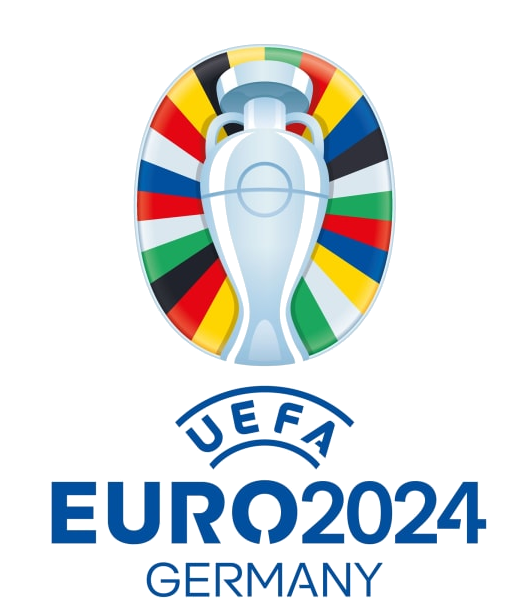 UEFA European Championship 2024
UEFA European Championship 2024
 Slovenia
Slovenia

 Sport
Sport
 (F)UEFA Nations League
(F)UEFA Nations League
 UEFA Nations League
UEFA Nations League
 UEFA Nations League C - Group 3
UEFA Nations League C - Group 3


In Slowenien werden jährlich zwischen 800.000 und 900.000 Hektoliter Wein produziert. Dabei überwiegen unter den 60 in Slowenien angebauten Rebsorten weiße Sorten.
Bis zu 28.000 landwirtschaftliche Betriebe bewirtschaften etwa 17.500 Hektar Weinberge, von denen fast 14.900 Hektar im Register für die Vermarktung von Trauben und Wein eingetragen sind.
Im Jahr 2021 wurden 862 Hektar biologisch bewirtschaftet. Der Anteil der Qualitätsweine mit geografischer Angabe beträgt bis zu 70 Prozent der gesamten Produktion. Der Weinkonsum in Slowenien geht zurück und Weinproduzenten verkaufen immer mehr Wein auf ausländischen Märkten.
 Economy and trade
Economy and trade
 Party and government
Party and government
 European Union
European Union
 Geography
Geography
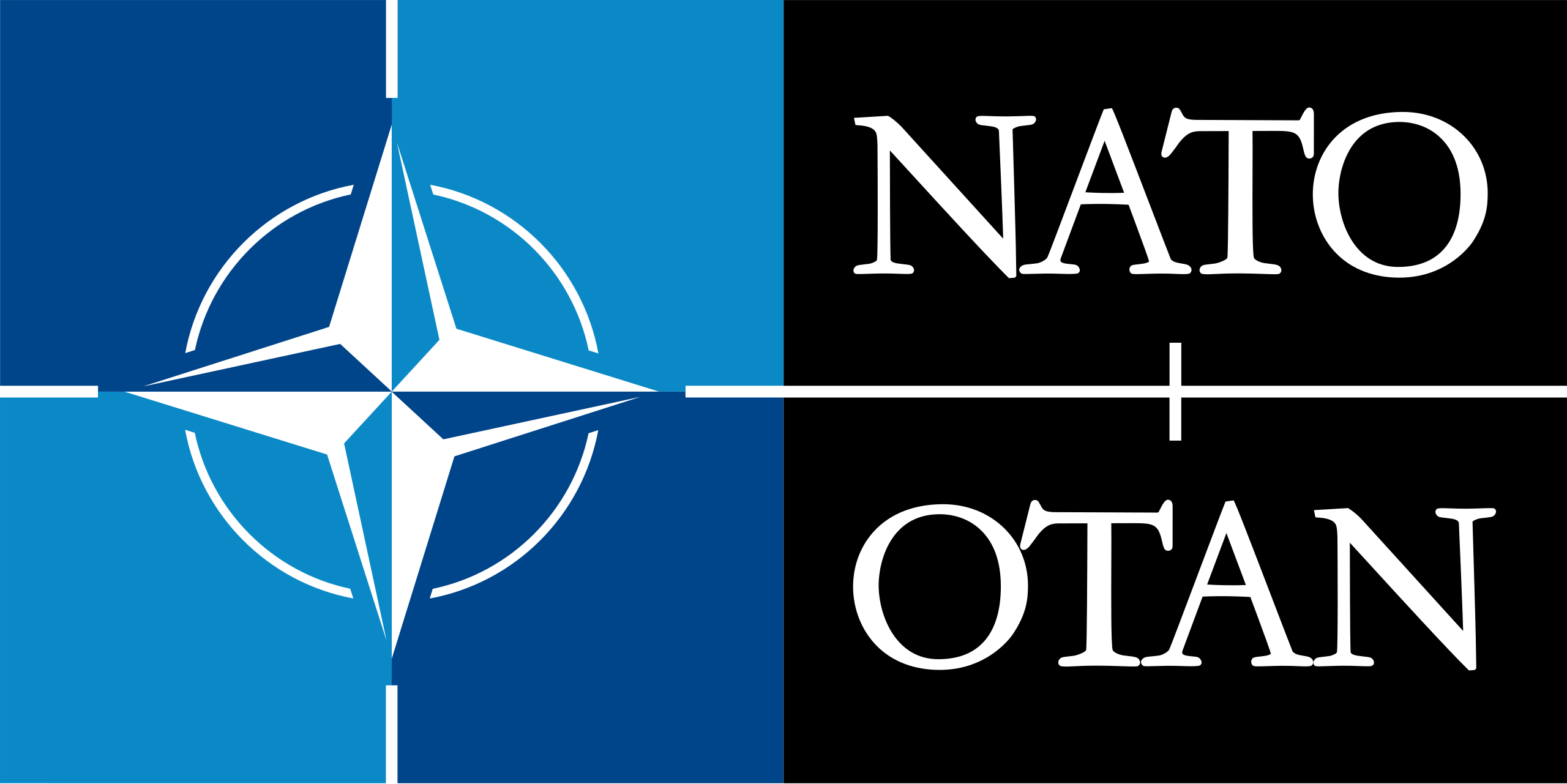 Mitglieder der NATO
Mitglieder der NATO
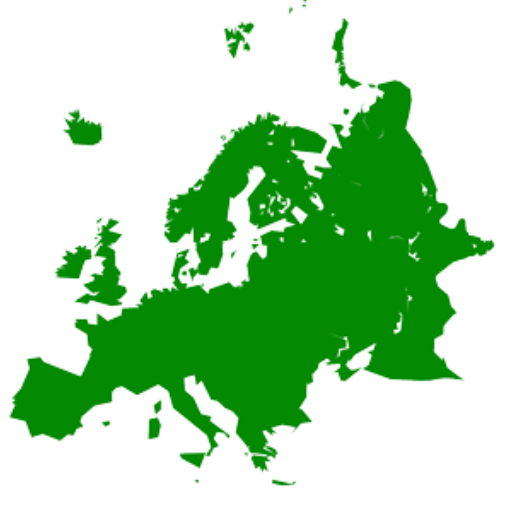 States of Europe
States of Europe
 Architecture
Architecture
 Eat and Drink
Eat and Drink